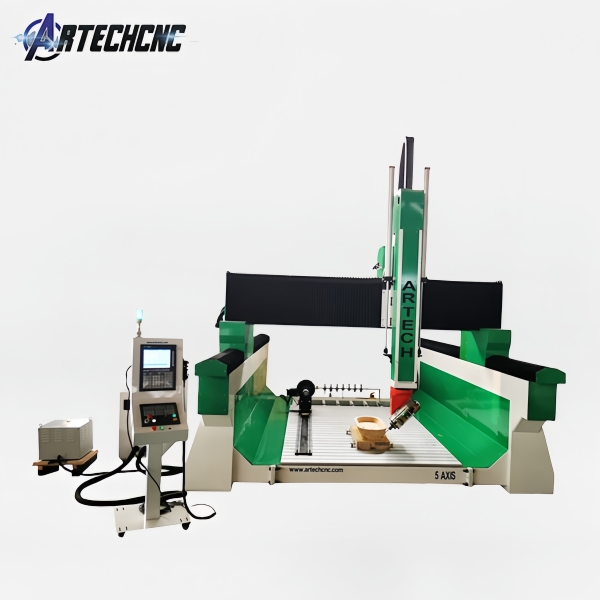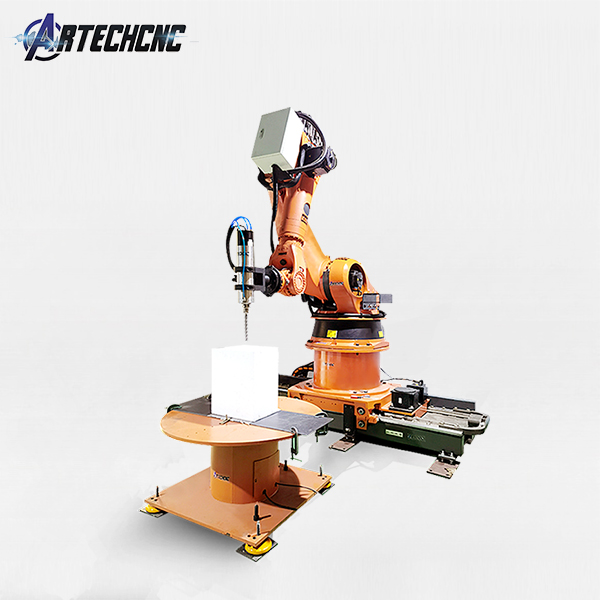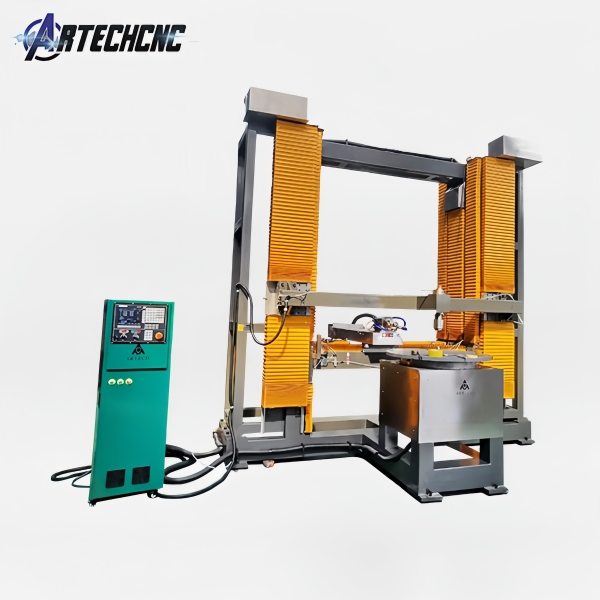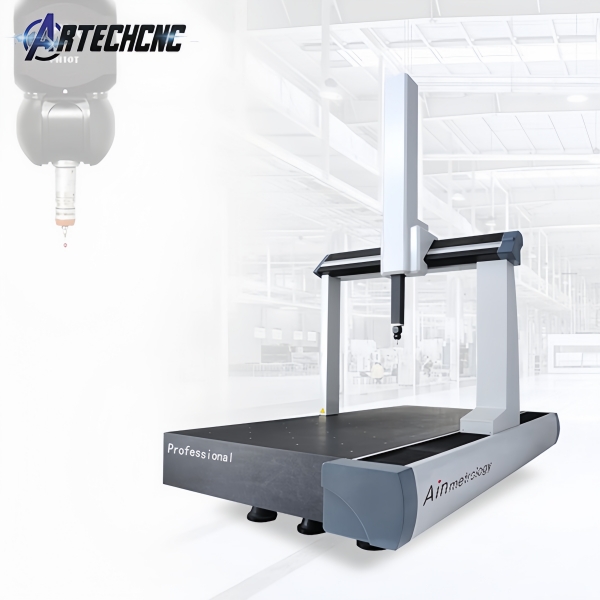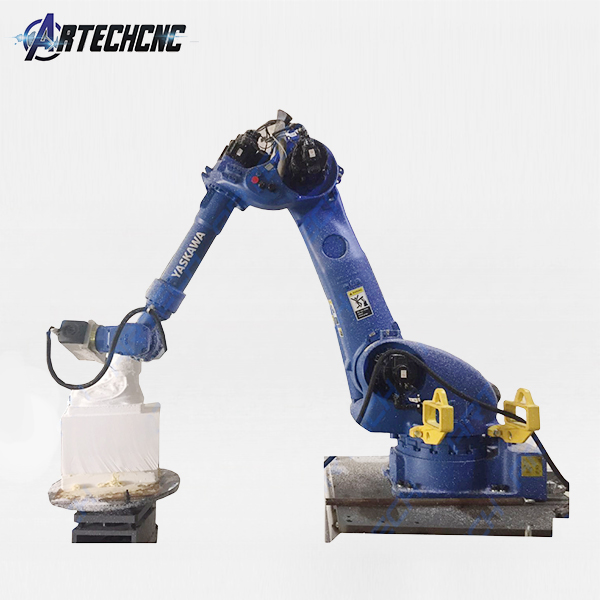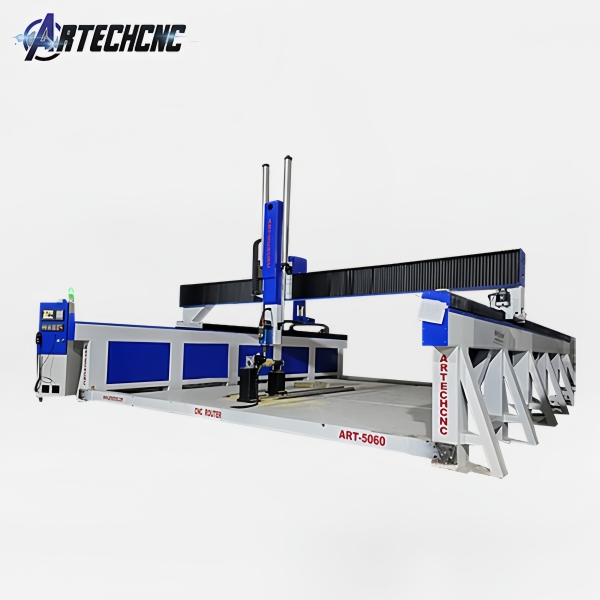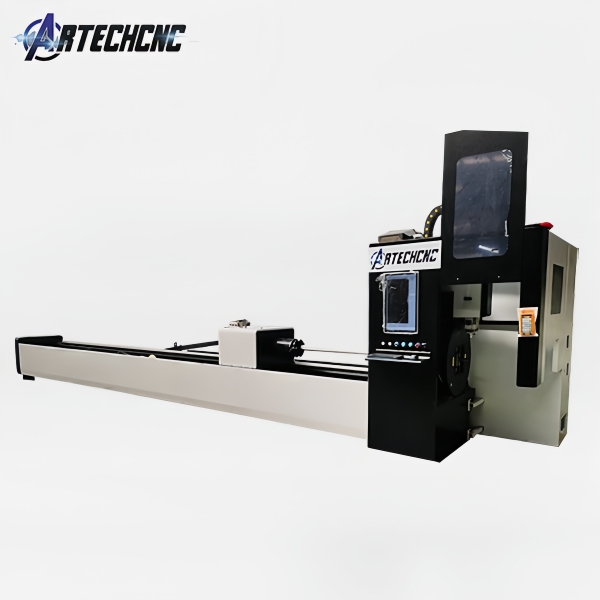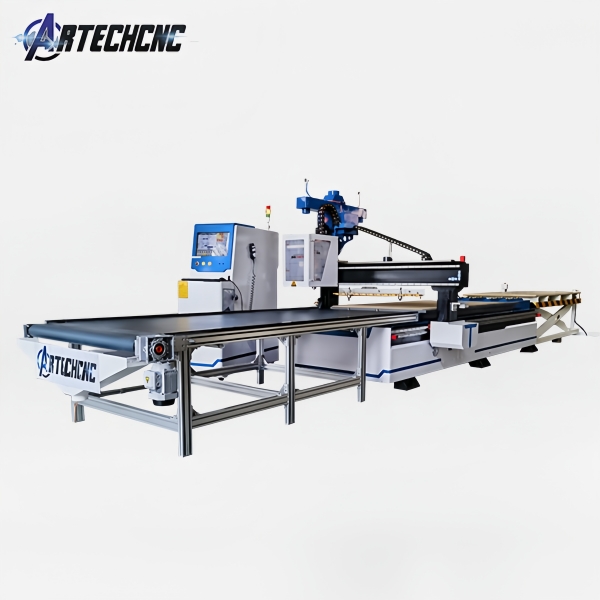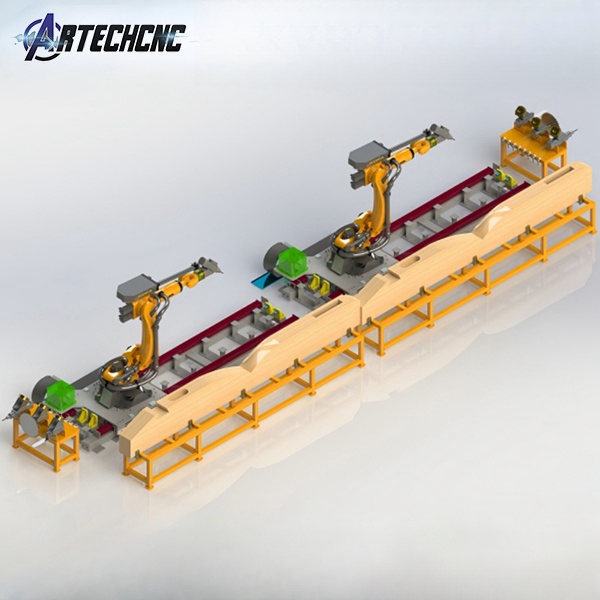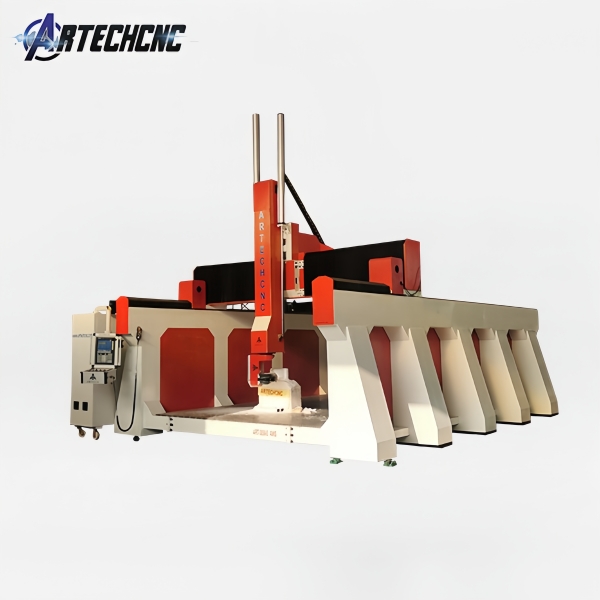What Is A 6-Axis Robot And How Does It Work?
A 6-axis robot is a highly advanced industrial robotic arm that operates with six degrees of freedom (DOF). This means it can move in six different directions or axes, allowing it to perform complex tasks with precision and flexibility. The 6-axis robot is one of the most widely used types of industrial robots due to its versatility, making it suitable for applications such as welding, painting, assembly, material handling, and more. In this comprehensive explanation, we will explore the structure, functionality, working principles, advantages, and applications of a 6-axis robot in detail.
Structure of a 6-Axis Robot
A 6-axis robot consists of several key components that work together to enable its multi-directional movement and precise operation. These components include:
1. Base (Axis 1):
The base is the foundation of the robot and provides the first degree of freedom. It allows the robot to rotate horizontally, enabling it to cover a wide area within its workspace.
2. Shoulder (Axis 2):
The shoulder joint connects the base to the upper arm and allows the robot to move up and down. This axis is crucial for adjusting the height of the robot's arm.
3. Elbow (Axis 3):
The elbow joint connects the upper arm to the forearm and enables the arm to extend or retract. This axis provides the robot with the ability to reach forward or backward.
4. Wrist Roll (Axis 4):
The wrist roll allows the robot's wrist to rotate along the arm's axis. This movement is essential for positioning the end effector (tool or gripper) at the correct angle.
5. Wrist Pitch (Axis 5):
The wrist pitch enables the wrist to tilt up and down, providing another degree of freedom. This movement is critical for tasks that require precise orientation of the end effector.
6. Wrist Yaw (Axis 6):
The wrist yaw allows the wrist to rotate side to side, completing the six degrees of freedom. This axis ensures that the end effector can achieve the desired orientation for complex tasks.
7. End Effector:
The end effector is the tool or attachment at the end of the robot's arm. It can be a gripper, welding torch, paint sprayer, or any other tool required for the specific task.
8. Control System:
The control system is the brain of the 6-axis robot. It processes instructions and sends signals to the motors and actuators that drive each axis.
9. Motors and Actuators:
Each axis is powered by a motor, typically a servo motor, which provides precise control over movement. Encoders and sensors provide feedback to ensure accuracy.
How a 6-Axis Robot Works
The operation of a 6-axis robot involves a combination of mechanical, electrical, and software systems working in harmony. Here’s a step-by-step breakdown of how it works:
1. Programming
The 6-axis robot is programmed to perform specific tasks using specialized software. Programming can be done in several ways:
Teach Pendant Programming: The operator manually moves the robot to desired positions and records the movements.
Offline Programming: The robot's movements are simulated and programmed on a computer before being transferred to the robot.
Advanced Methods: Machine learning and artificial intelligence can be used to optimize the robot's performance for complex tasks.
2. Control System
The control system interprets the programmed instructions and sends signals to the motors and actuators. It ensures that each axis moves in coordination with the others to achieve the desired motion.
3. Movement
Each axis is driven by a motor, which allows for precise control of movement. The combination of movements across all six axes enables the robot to position its end effector in any orientation within its working envelope. For example:
The base rotates to position the arm in the correct direction.
The shoulder and elbow adjust the height and reach of the arm.
The wrist axes fine-tune the orientation of the end effector.
4. End Effector Operation
The end effector performs the specific task, such as gripping, welding, or painting. The robot's ability to move in six directions ensures that the end effector can be positioned with high precision.
5. Feedback and Adjustment
Sensors and encoders provide real-time feedback to the control system. This feedback allows the robot to make adjustments to ensure accuracy and repeatability. For example, if a part is slightly out of position, the robot can detect the deviation and correct its movement.
Advantages of a 6-Axis Robot
The 6-axis robot offers numerous advantages that make it a preferred choice for industrial automation:
1. Flexibility:
The six degrees of freedom allow the robot to perform a wide variety of tasks, from simple pick-and-place operations to complex assembly processes.
2. Precision:
High accuracy and repeatability make the 6-axis robot suitable for delicate and intricate operations, such as electronics assembly or surgical procedures.
3. Efficiency:
The robot can operate continuously without fatigue, increasing productivity and reducing downtime.
4. Space Efficiency:
The ability to move in multiple directions allows the robot to work in confined spaces, optimizing the use of available workspace.
5. Cost-Effectiveness:
While the initial investment may be high, the long-term benefits of increased productivity and reduced labor costs make the 6-axis robot a cost-effective solution.
6. Versatility:
The 6-axis robot can be equipped with different end effectors to perform various tasks, making it a versatile tool for multiple industries.
Applications of a 6-Axis Robot
The 6-axis robot is used in a wide range of industries due to its versatility and precision. Some of the most common applications include:
1. Manufacturing:
Welding: The 6-axis robot is widely used for arc welding and spot welding due to its ability to position the welding torch with high precision.
Painting: The robot can apply paint evenly and consistently, reducing waste and improving quality.
Assembly: The 6-axis robot is used for assembling complex components, such as automotive parts or electronic devices.
Material Handling: The robot can lift, move, and position heavy or delicate materials with ease.
2. Medical:
Surgical Assistance: The 6-axis robot is used in minimally invasive surgeries to perform precise movements with high accuracy.
Laboratory Automation: The robot can handle samples, perform tests, and manage data in laboratory settings.
3. Food Industry:
Packaging: The 6-axis robot is used to package food products quickly and efficiently.
Sorting: The robot can sort products based on size, weight, or other criteria.
Processing: The robot can perform tasks such as cutting, slicing, and decorating food items.
4. Electronics:
Precision Assembly: The 6-axis robot is used to assemble small and delicate electronic components.
Testing: The robot can perform quality control tests on electronic devices.
5. Aerospace:
The 6-axis robot is used for tasks such as drilling, fastening, and inspecting aircraft components.
6. Automotive:
The 6-axis robot is widely used in the automotive industry for tasks such as welding, painting, and assembling car parts.
Future Trends in 6-Axis Robotics
The 6-axis robot is continuously evolving, with advancements in technology driving new capabilities and applications. Some of the key trends include:
1. Collaborative Robots (Cobots):
Collaborative 6-axis robots are designed to work alongside humans safely. They are equipped with sensors and safety features to prevent accidents.
2. Artificial Intelligence (AI):
AI is being integrated into 6-axis robots to enable them to learn and adapt to new tasks. This improves efficiency and reduces the need for manual programming.
3. Internet of Things (IoT):
IoT-enabled 6-axis robots can communicate with other machines and systems, enabling real-time monitoring and optimization of production processes.
4. Enhanced Precision:
Advances in sensors and control systems are improving the precision and accuracy of 6-axis robots, making them suitable for even more delicate tasks.
5. Miniaturization:
Smaller 6-axis robots are being developed for applications in industries such as electronics and medical devices, where space is limited.
Conclusion
The 6-axis robot is a powerful and versatile tool that has revolutionized industrial automation. Its ability to move in six directions with high precision makes it suitable for a wide range of applications, from manufacturing and healthcare to food processing and electronics. As technology continues to advance, the capabilities of the 6-axis robot will only grow, making it an indispensable asset for industries worldwide. Whether you are looking to improve efficiency, reduce costs, or tackle complex tasks, the 6-axis robot offers a solution that is both flexible and reliable.

